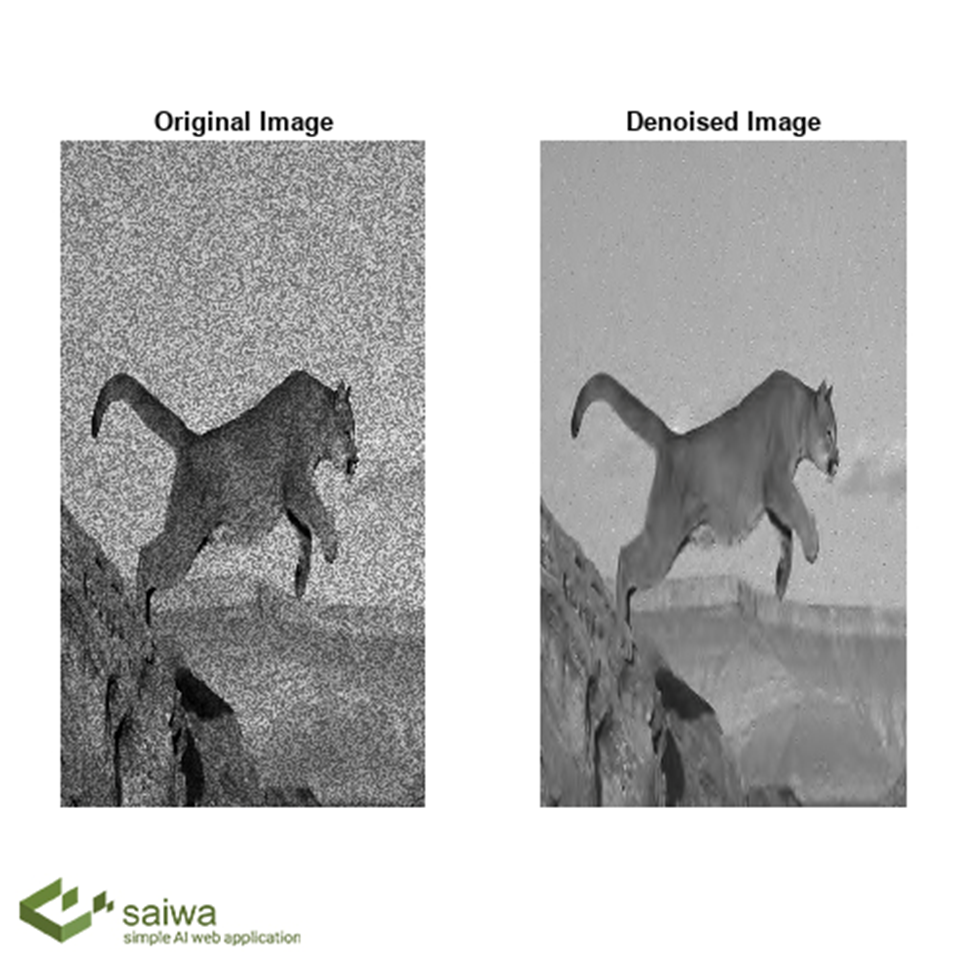Image denoising online
Introduction
In the digital age, online media consumption has become an integral part of our lives. However, one common issue that users encounter while viewing images online is noise or unwanted artifacts present in the visuals. These imperfections can degrade image quality and hinder effective communication of visual information.
Definition of Image Noise
Image noise refers to random variations in brightness or color information that deviate from the original content captured by a camera sensor or introduced during image processing.
Types of Image Noise
Image noise refers to random variations in brightness or color that distort the quality of an image. It can be caused by various factors, such as sensor limitations, high ISO settings, or poor lighting conditions. Understanding the different types of image noise is crucial for photographers and digital artists to effectively reduce or eliminate it.
One common type of image noise is luminance noise, also known as graininess. It appears as random variations in brightness and affects the overall clarity of an image. Luminance noise often occurs when shooting in low-light conditions or using a high ISO setting.
Another type is chroma noise, which manifests as random color variations. This type of noise can be particularly noticeable in areas with smooth gradients, such as skies or skin tones. Chroma noise is often caused by sensor limitations and can be reduced through post-processing techniques like selective color correction.
Finally, there is salt-and-pepper noise, which appears as randomly scattered white and black pixels throughout an image. This type of noise can result from transmission errors or faulty sensors and can significantly degrade the quality of an image.
Importance of Denoising Images Online
In today's digital age, the internet has become an integral part of our lives. We rely on it for communication, information, and entertainment. With the increasing popularity of social media platforms and online sharing, images have become a significant component of online content. However, due to various factors such as low lighting conditions or poor camera quality, images often suffer from noise or unwanted grainy textures.
Denoising images online plays a crucial role in enhancing the visual quality of these pictures. By removing noise and improving image clarity,Image denoising Online algorithms help to create visually appealing images that are more engaging and captivating for viewers. This is particularly important for businesses that heavily rely on visual content to attract customers.
Furthermore, denoising images online also improves the overall user experience. When browsing through websites or social media platforms, users expect high-quality visuals that are pleasing to the eye. Noise-free images not only enhance user satisfaction but also reflect positively on the credibility and professionalism of the website or platform.
Moreover, denoising algorithms can be beneficial in various fields such as medical imaging or satellite imagery analysis. In medical imaging, denoising techniques can help doctors accurately interpret diagnostic scans by reducing noise interference. Similarly, in satellite imagery analysis, denoising algorithms can improve image quality for better mapping and monitoring purposes.
Techniques for Image Denoising Online
Several techniques have been developed to address image denoising Online challenges specific to online environments:
Filtering-based Approaches: Filtering techniques aim at removing high-frequency components caused by noise while preserving important details within an image:
Non-local Means (NLM): This approach utilizes the redundancy present in natural images to remove noise. It compares similar patches across the image, averaging their values to obtain a denoised version.
Bilateral Filtering: By considering both spatial and intensity information, bilateral filtering smooths out noise while preserving edges within an image.
Deep Learning-based Approaches: With recent advancements in deep learning algorithms, these techniques have gained popularity due to their ability to learn complex patterns and adaptively denoise images:
Convolutional Neural Networks (CNN): CNNs are widely used for image restoration tasks, including denoising. They consist of multiple layers that extract hierarchical features from input data.
Generative Adversarial Networks (GAN): GANs utilize two neural networks: a generator network that produces realistic images and a discriminator network trained to distinguish between real and generated images. By training these networks together iteratively, GANs can generate high-quality denoised images.
Challenges and Future Directions
While significant progress has been made in online image denoising Online techniques, there are still some challenges that researchers aim to address:
Real-Time Denoising: Developing efficient algorithms capable of processing large volumes of online content in real-time remains a challenge.
Noise Removal without Detail Loss: Striking the right balance between noise removal and detail preservation is crucial for enhancing visual quality without compromising important information.
Adapting to Dynamic Noise Characteristics: Online media platforms encounter various types of noise with different characteristics; therefore, adaptive Image denoising Online methods need further exploration.
Saiwa
saiwa is an online platform which provides privacy preserving artificial intelligence (AI) and machine learning (ML) services, from local (decentralized) to cloud-based and from generic to customized services for individuals and companies to enable their use of AI in various purposes with lower risk, without the essence of a deep knowledge of AI and ML and large initial investment.
Conclusion
Image denoising Online plays a vital role in improving user experience when viewing visuals online by removing unwanted artifacts caused by random variations during acquisition or transmission processes. With ongoing research efforts focused on developing innovative approaches such as filtering-based techniques and deep learning models like CNNs and GANs, we can expect continuous improvement in Image denoising Online algorithms. As these techniques evolve, online content creators and consumers alike will benefit from enhanced visual quality while engaging with media on the internet.





Comments
Post a Comment